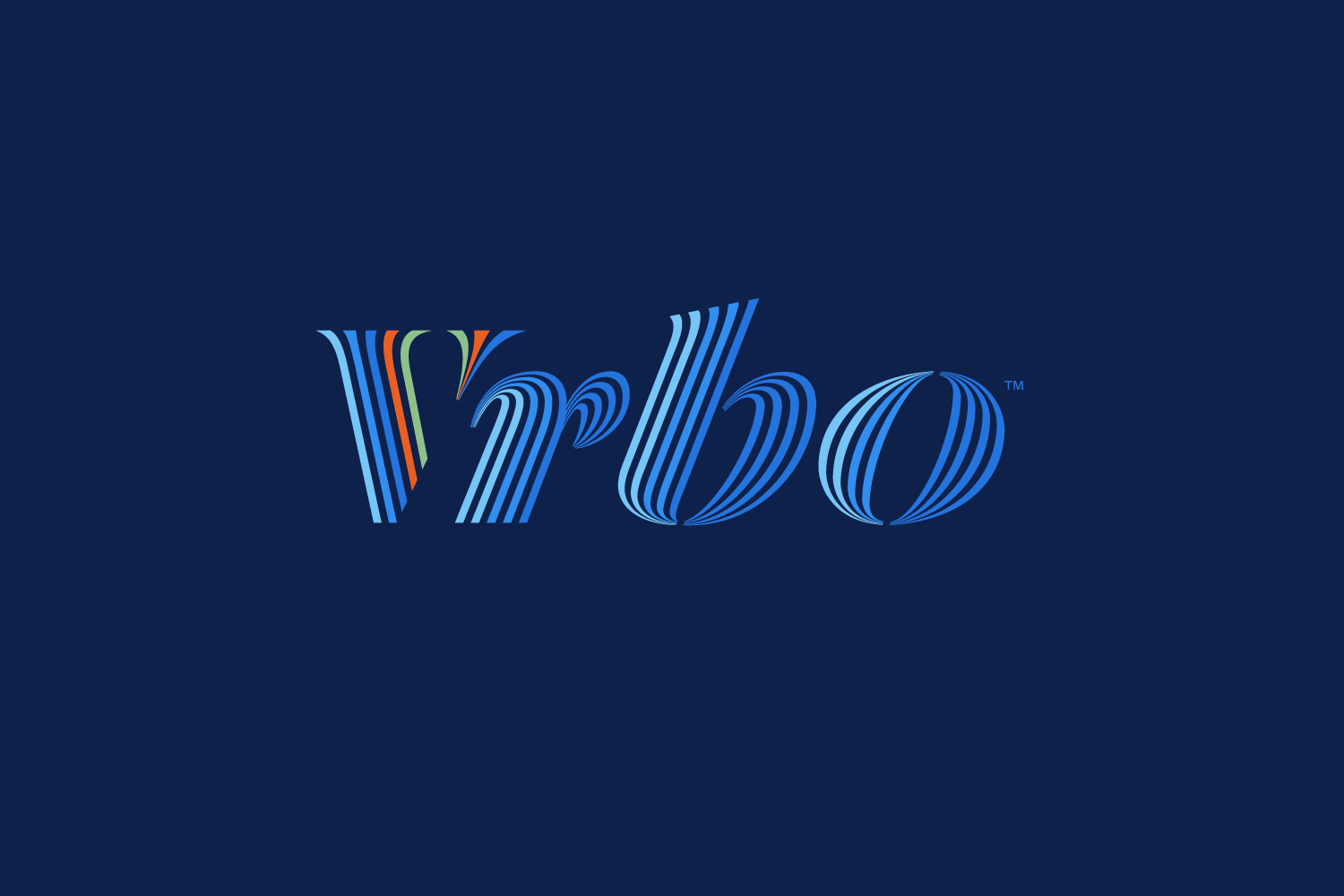Introduction to Lego
Lego has been a beloved toy for children and adults alike for decades, providing endless hours of entertainment and creativity. It was founded in 1932 by Danish carpenter Ole Kirk Christiansen, who initially produced wooden toys before shifting to the iconic plastic bricks we know today. The name "Lego" comes from the Danish phrase "leg godt," which means "play well." And that is precisely what this toy encourages - imaginative play and limitless possibilities.
At its core, Lego is a construction toy that consists of colorful interlocking plastic bricks, gears, mini-figures, and other parts. These elements can be assembled in countless ways to create structures such as buildings, vehicles, animals, and even whole cities. With no right or wrong way to build with Legos, it allows for creative expression and problem-solving skills to flourish.
One of the unique aspects of Lego is its universal appeal - it transcends age barriers. Children as young as three years old can start playing with their first Duplo set (larger blocks designed for younger children), while adults can also indulge in more complex sets like the famous modular buildings series or Star Wars themed kits. The versatility of Lego makes it suitable for everyone - from toddlers learning basic motor skills to retirees looking for a new hobby.
The Benefits of Playing with Lego for Kids and Adults
Lego, the iconic interlocking plastic bricks, has been a beloved toy for generations. It's not just a source of entertainment and fun, but also a valuable tool for development and creativity. Both kids and adults can benefit from playing with Lego in various ways. In this section, we will discuss the many benefits of playing with Lego for both kids and adults.
1. Enhances Creativity and Imagination: Lego is all about building and creating something new from scratch. This endless possibility to build anything sparks imagination in children as they come up with different designs and structures using their creativity. Adults, on the other hand, can use Lego as a creative outlet to express themselves and let their inner child run free.
2. Develops Problem-Solving Skills: Playing with Lego involves critical thinking as one needs to figure out how different pieces fit together to create a structure. This process helps develop problem-solving skills in children as they face challenges while building their creations. For adults, it can be a great exercise for their brains to keep them sharp and active.

How Lego Sparks Creativity and Imagination
Lego has been a beloved toy brand for generations, captivating the minds of children and adults alike with its endless possibilities for creativity and imagination. The colorful bricks may seem simple at first glance, but they hold a world of potential that sparks the inner artist in all of us.
Playing with Lego also fosters innovation as individuals must think outside the box in order to construct something new and unique. This process involves trial and error, encouraging individuals to experiment with different combinations of pieces until they achieve their desired outcome. By doing so, children learn how to approach problems creatively and develop critical thinking skills that will benefit them in all areas of life.
Conclusion
In conclusion, Lego is more than just a toy. It has become an iconic brand that continues to capture the imagination of people of all ages. From simple building blocks to intricate sets and even video games, LEGO offers endless opportunities for creativity and playfulness. Whether you're a child or an adult, there's something for everyone in this ultimate creative playground. So go ahead and let your imagination run wild with Lego!












